Feng Se from Aofeisi Quantum Bit Report | WeChat Public Account QbitAI
Blood testing can detect many diseases, with 1/3 of pathological tests in laboratories relying on blood tests.
However, in some underdeveloped areas, there may not be specialized laboratories and expensive equipment, making this work not easy.
Now, two researchers from India have DIYed a cheaper, portable blood testing tool based on Raspberry Pi 4.
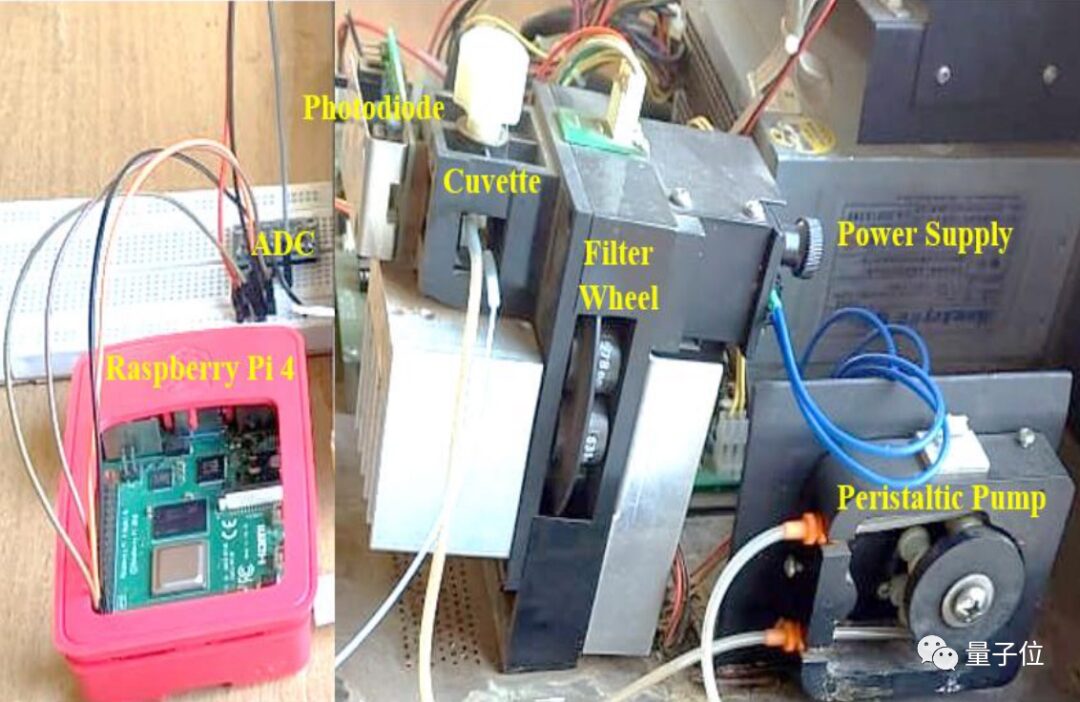
Most importantly, its test results are completely comparable to laboratory-specific instruments, and results can be obtained in half a minute.
The related research results were published in the IEEE Sensors Journal.

Blood Testing Machine Based on Raspberry Pi
Many laboratories are now using optical detection methods for blood testing.
Specifically, when light passes through blood, its intensity changes with the concentration of substances, allowing the quantification of target analyte concentration through the comparison of light absorption rates.
This Raspberry Pi-based integrated detection system also uses this method.
It involves an automatic fluid dispenser that adds a controlled amount of reagent to the blood sample, which is then placed in a reaction cup.
It also includes a monochromatic light emission component that can adjust wavelength, a photodetector for capturing transmitted light, and a thermal management unit to maintain the required temperature for analysis.
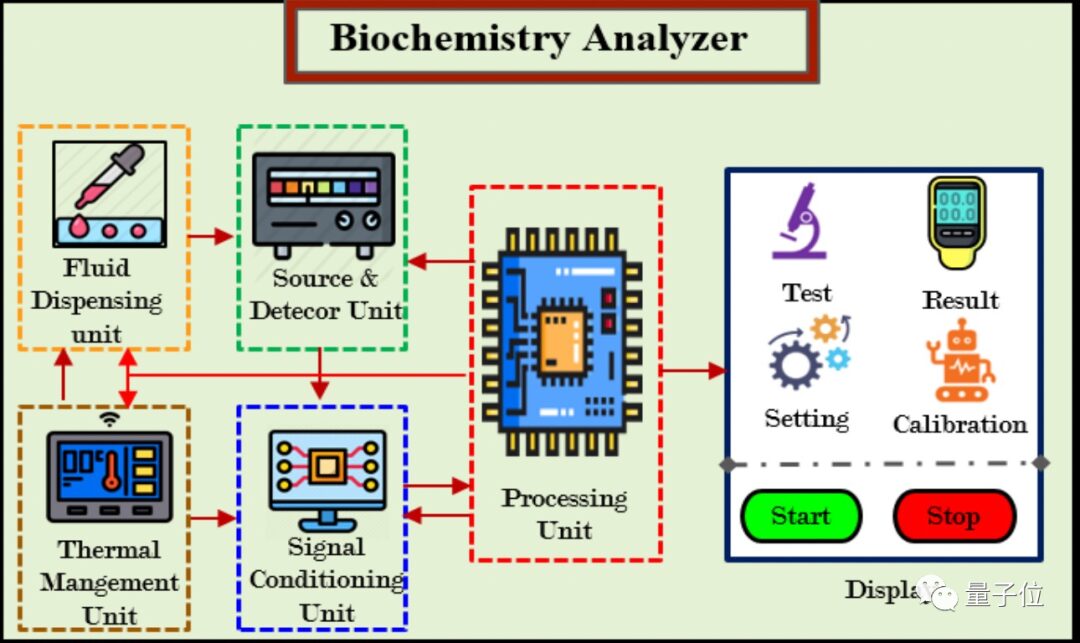
The processing unit (Processing Unit) and display (Display) in the figure are the modules where Raspberry Pi plays a role.
The specific detection method involves allowing transmitted light through the blood to fall on a photodiode, generating a corresponding current.
The current is then converted to voltage and amplified using an amplifier.
Next, the amplified analog voltage is converted to a digital value using the ADS1115 analog-to-digital converter and provided to the Raspberry Pi 4 for further processing via the I2C protocol.
When analyzing concentration, the attenuation of light and the properties of the materials through which light propagates will utilize the Beer-Lambert Law.
 A: Absorbance; K: Coefficient, which can be the absorption coefficient or molar absorptivity; l: Thickness of the absorbing medium, generally measured in cm; c: Concentration of the absorbing substance, which can be in g/L or mol/L.
A: Absorbance; K: Coefficient, which can be the absorption coefficient or molar absorptivity; l: Thickness of the absorbing medium, generally measured in cm; c: Concentration of the absorbing substance, which can be in g/L or mol/L.
To verify the effectiveness, the researchers analyzed glucose concentration in the blood using both professional laboratory equipment and this system.
They found that the data obtained using this system matched almost perfectly with the standard laboratory results.
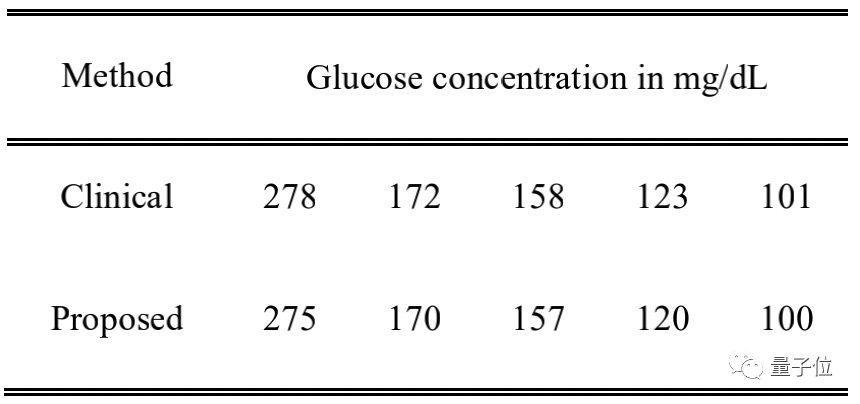 △ The first row is the standard laboratory result
△ The first row is the standard laboratory result
More importantly, thanks to the excellent processing capabilities of Raspberry Pi 4, this device can provide results in just half a minute.
If you want to analyze the concentration of other substances, you simply need to change the reagents and modify the spectral wavelength.
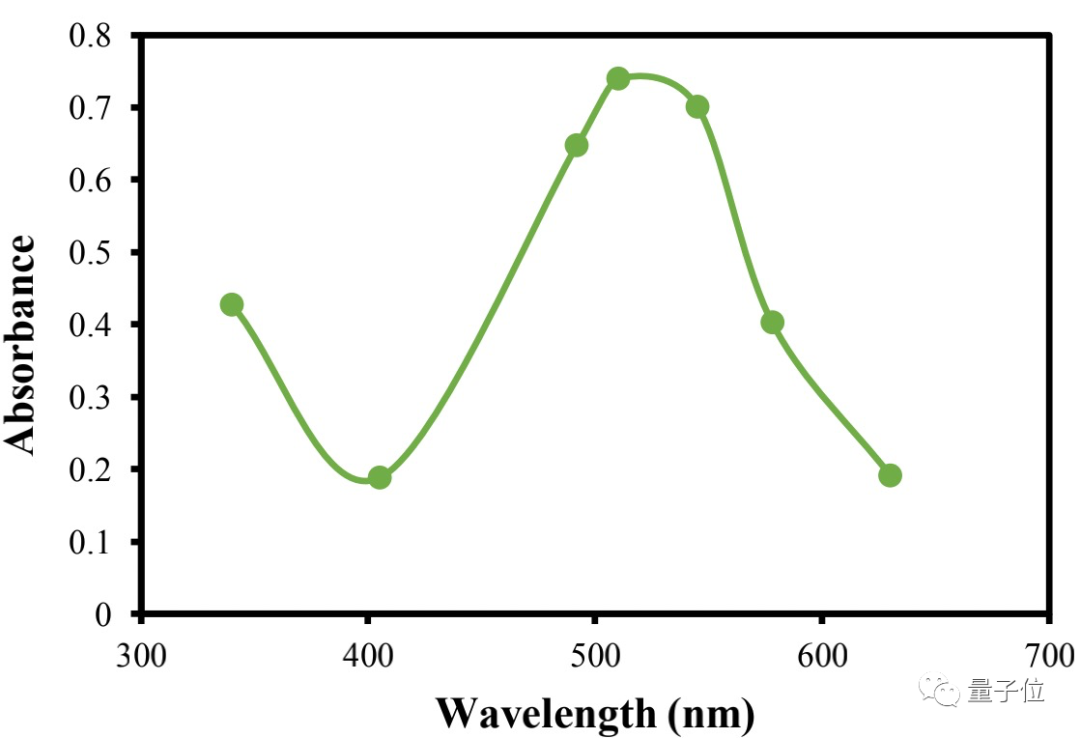 △ The glucose concentration detection uses monochromatic light at a wavelength of 510nm, which has the best absorption rate.
△ The glucose concentration detection uses monochromatic light at a wavelength of 510nm, which has the best absorption rate.
Due to the portability, simplicity of the instrument, user-friendly interface, and stable output of this system, the researchers believe it is very likely to be successfully implemented in low-resource areas.
The next focus of their research is to use more advanced software solutions to simplify the hardware, such as deploying machine learning algorithms for predicting target analyte concentrations.
Incorporating Internet of Things design could also allow for remote and personalized health monitoring.
A user who has previously worked in a testing room fully affirmed this research:
“A system like this on the market could cost between $50,000 to $500,000 (approximately 320,000 to 3.2 million RMB), while they achieved the same accurate results with low-cost off-the-shelf components. Additionally, its small size makes it very convenient to move and transport.”
ps. Based on its equipment composition, we roughly calculated the cost:
Raspberry Pi 4 589 RMB + ADC 35 RMB + photodiodes a few dimes each to round up + cuvette 150 + filter wheel 14,000 + peristaltic pump 1,000 + power supply 200 ≈ 16,000 RMB.
This is at least less than 1/10 of the cost.

Additionally, this user also raised some more practical issues:
For example, while the reagents used can be purchased off-the-shelf, there are refrigeration issues in remote areas. There is also a need for affordable control and calibration materials to ensure the system maintains accuracy.

In summary, “looking forward to more.”
One More Thing
A simple search reveals that due to the small size and low cost of Raspberry Pi, there are indeed many projects using it as a testing tool.
For instance, using Raspberry Pi with a camera for mask detection:
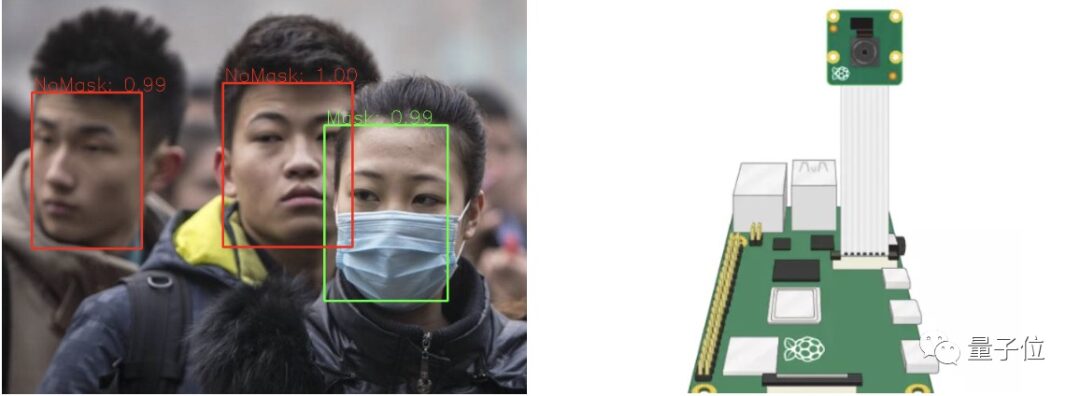
Adding a dust sensor for air detection:
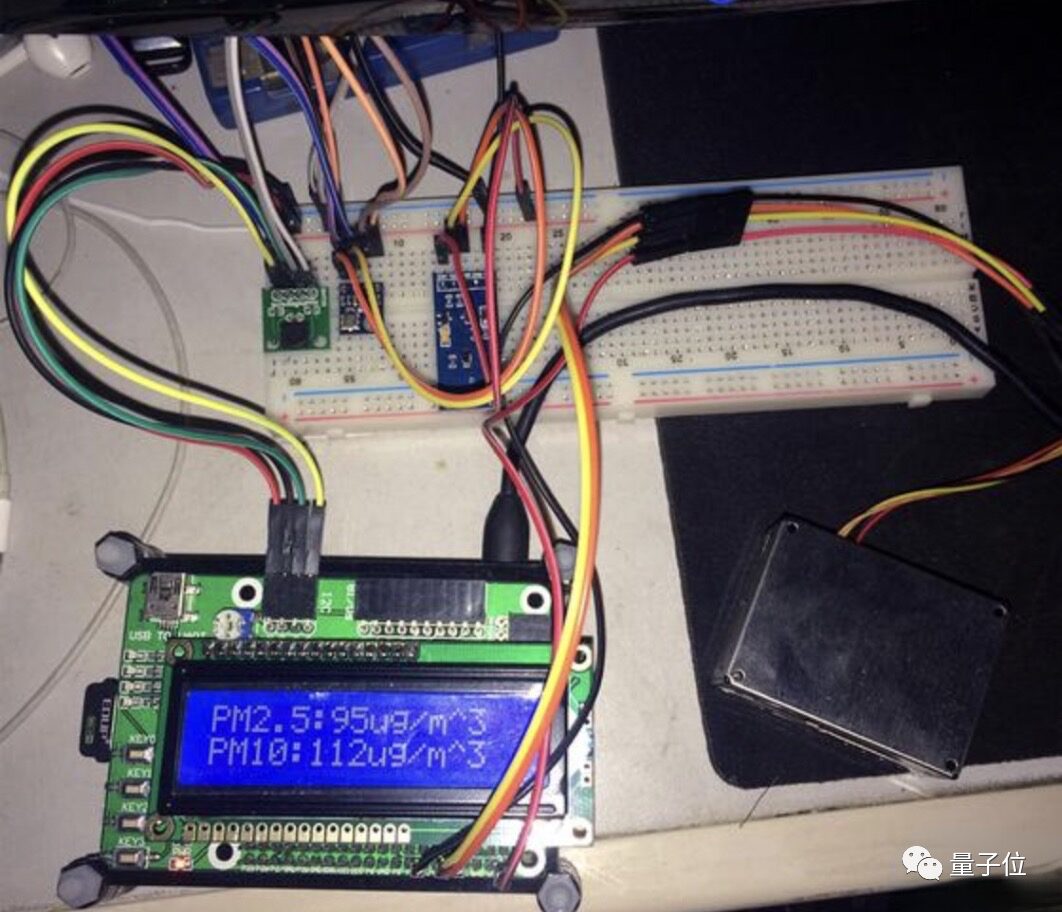
In addition to personal DIY projects, there are also professional institutions involved.
For example, the University of Toronto used it with a nail monitor to detect the blood oxygen saturation of COVID-19 patients, allowing monitoring of patient conditions without direct contact:
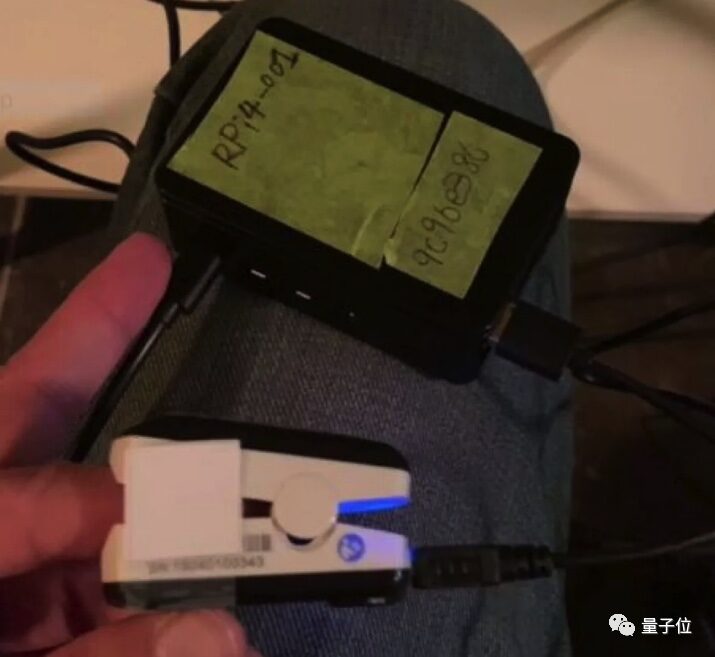
Last year, Raspberry Pi was even used as the mainboard of a ventilator to solve the shortage of ventilator chips during the pandemic.
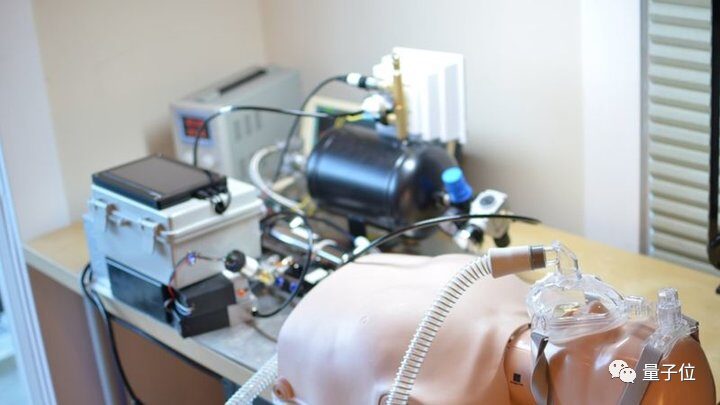
Is there anything that Raspberry Pi cannot do?
Paper address:https://ieeexplore.ieee.org/document/9524612/metrics#metrics
Reference links:
https://spectrum.ieee.org/rural-blood-test-analyser
— The End —
This article is original content from NetEase News • NetEase Account’s Featured Content Incentive Program, and is prohibited from being reproduced without authorization.
The 3rd MEET Conference has launched, inviting you to witness the new future of intelligent technology


Quantum Bit QbitAI · Headline Author
վ’ᴗ’ ի Tracking the latest trends in AI technology and products